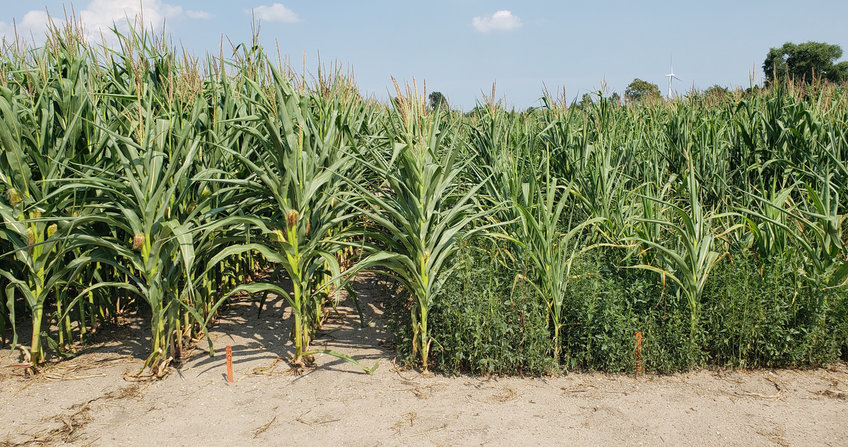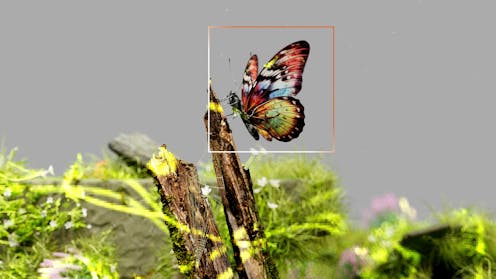How intensive agriculture turned a wild plant into a pervasive weed
Agriculture is driving rapid evolutionary change, not just on farms, but also in wild species in the surroundings. New research shows how the rise of modern agriculture has turned a North American native plant, common waterhemp, into a problematic agricultural weed by mutations in hundreds of genes related to drought tolerance, rapid growth, and resistance to herbicides.

Heavy infestation by waterhemp strongly reduces corn growth (right rows) compared to corn plants that do not have to compete with waterhemp (left rows).
© Julia Kreiner, University of British Columbia
Researchers at the University of British Columbia, the University of Toronto, and the Max Planck Institute for Biology Tübingen have compared 187 waterhemp samples from modern farms and neighboring wetlands with more than 100 herbarium samples dating as far back as 1820. Much like the sequencing of ancient human and Neandertal remains has resolved key mysteries about human history, studying the plant’s genetic makeup over the last two centuries allowed the researchers to watch evolution in action across changing environments.








